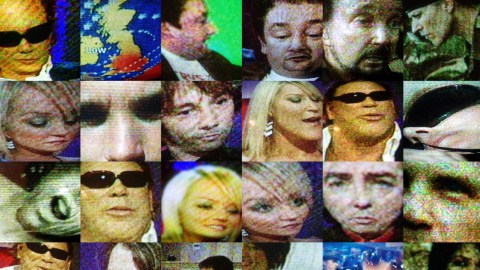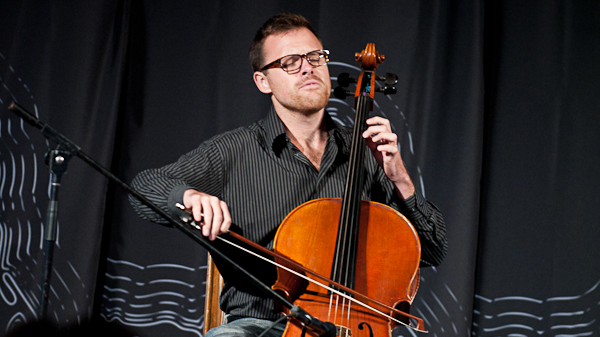Cracking the TV Genome

What’s the Big Idea?
Deb Roy says he created “the largest home video collection in the world.” Roy is an engineer who ventured into the areas of linguistics and childhood development hoping to understand the social context around words. So Roy recorded his son to see how he learned his first words and was able to map where certain words were uttered around his house. For instance, the word “Bye” occurred with great frequency around the front door of the house. Roy quickly realized that understanding the context around the way language is learned could help parents intervene if a child has trouble learning. But the implications of his research would have even broader implications.
Sponsored by:
Roy went on leave from MIT Media Lab to found a company called BlueFin Labs, which has built a machine that connect impressions on TV with expressions in social media. BlueFin Labs operates a bank of satellite dishes and collects publicly available data from the social web. Roy is able to mine a giant graph of data and “X-Ray the audience,” meaning he can see how the traits of TV content are resonating.
Watch Deb Roy here:
What’s the Significance?
By linking TV impressions to social media expressions, Roy is able to understand the emotional footprint of TV shows. This has enormous implications for advertising. Marketers can see where their brands are best received and target their ads accordingly. Roy’s machine also has important implications for politics. If we can see listen, mine and feed back data to leaders, Roy says we can “rewire how our democratic process works in the future.”
Deb Roy delivered this talk at The Nantucket Project, a festival of ideas that took place this month on Nantucket Massachusetts.





